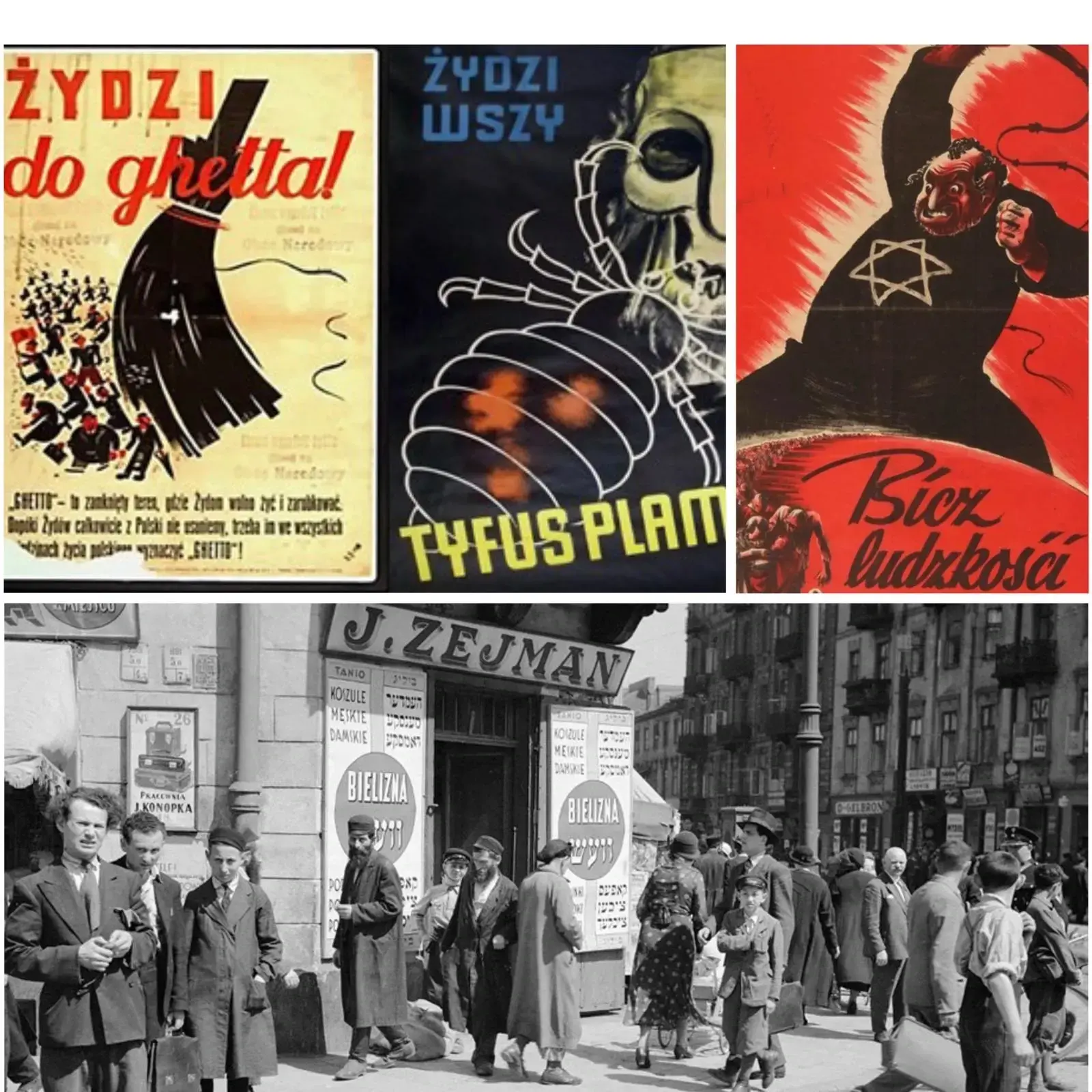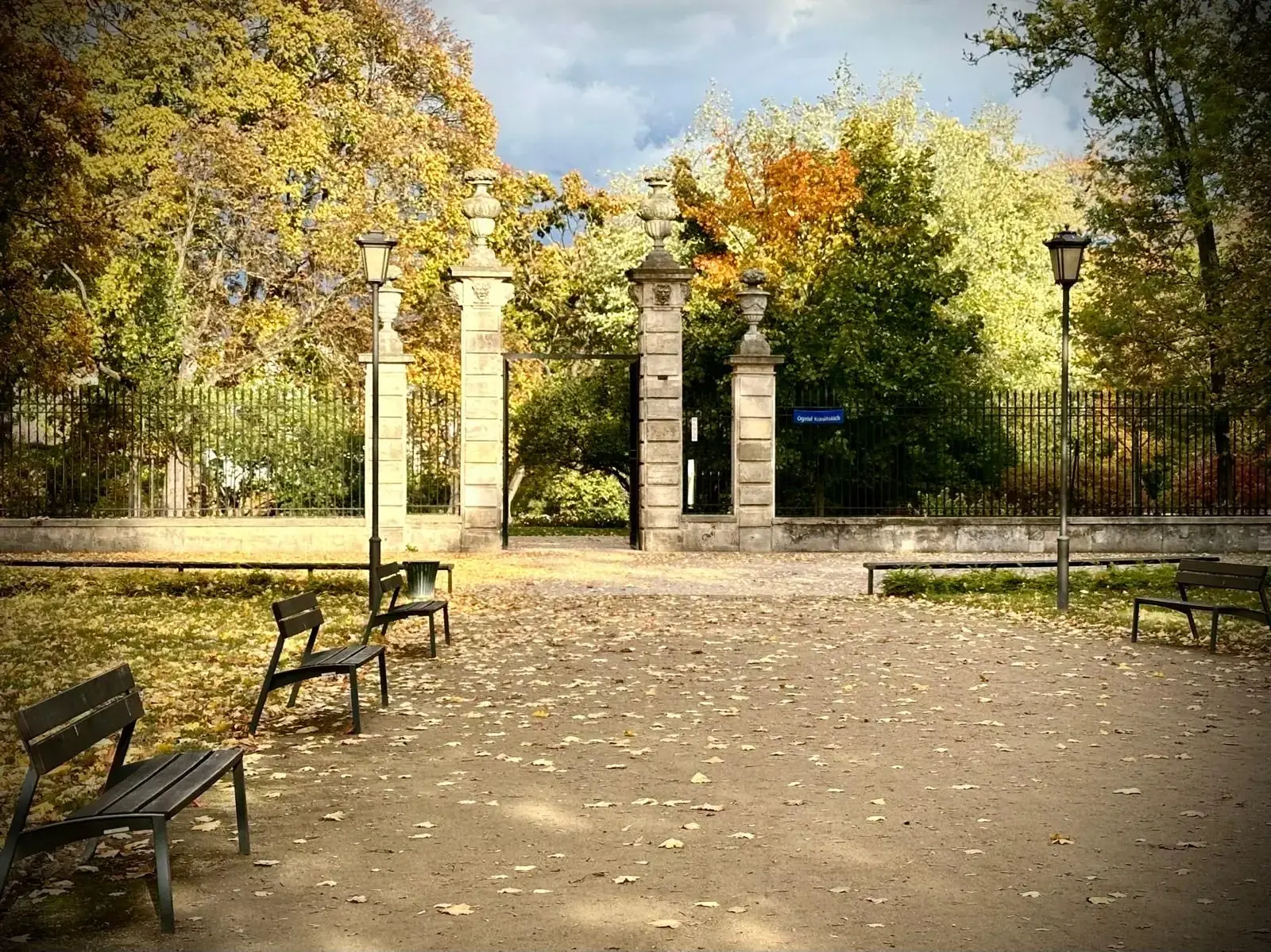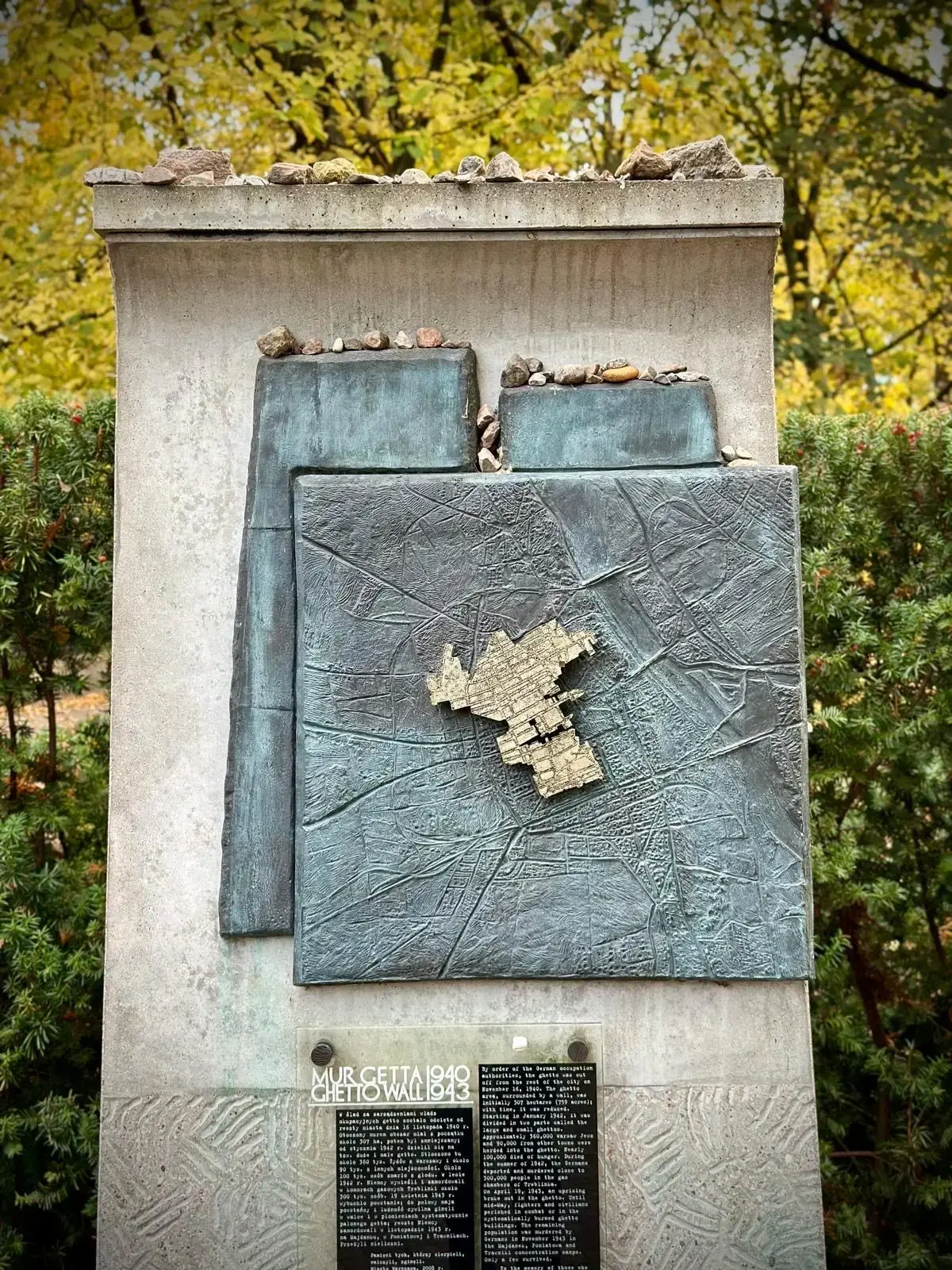Unforgetting. A Jewish Perspective at a City That Moved On

Hello, my name is Magda. I am a licensed, Polish-Jewish tour guide in Warsaw. I graduated Hebrew Studies from Warsaw University and have experience researching and presenting Polish-Jewish history. My approach is shaped by my academic training, work in education and publishing, and a dedication to responsible storytelling. With roots in both the Jewish and Polish experience, my goal is to offer guests an accurate perspective on the history and culture of Warsaw’s Jewish community. My family history is deeply connected with Jewish Warsaw. My grandmother was born during the war in the Warsaw Ghetto and survived the Holocaust, raised by a Catholic family. Learning about our Jewish roots influenced me to explore my identity, study Europe’s complex history, and engage with the relationship between Poles and Jews, past and present. As one of just a handful of Polish Jews currently living in Warsaw, I aim to offer my guests an authentic voice. I invite you not just to visit sites, but to ask questions, take part in discussions, and reflect together. I created my tour to share family stories and address concerns about the commercialization of history and declining tourism standards. Low-quality or problematic narratives have appeared, and historians encourage educators to take responsibility in teaching about antisemitism, fascism, and threats to democracy. In a profession dependent on client satisfaction, there’s pressure to tell visitors only what they want to hear. Too often, Jewish voices are erased or history is told only from the Polish perspective. My goal is to share a fuller, honest story, even if it means facing difficult topics.
Pickup
I’ll be waiting by the stairs of the Jewish Historical Institute (Tłomackie 3/5), dressed in bright red/orange :)
Description
[Note] If you don’t see a tour scheduled on the only date available to you, please send me a message. With two or more walkers, I may be able to add an additional walk, for example in the afternoon.
**********************
Warsaw was once home to Europe’s largest Jewish community. Today, you can walk those same streets and see almost none of that world. But it’s still here, buried under layers of rubble, denial, and silence.
All walking tours through the Jewish Ghetto are somehow confusing - you can only spot small bits of usually insignificant buildings here and there. So how do you explain a lack of visible past in a city with a history so long and intense? How do you bring to life what’s gone and won’t come back?
On this tour, we’ll trace what remains. With so little still here physically, I’ll be presenting carefully researched, unique pictures, memoirs, art, and other pieces we can use to reconstruct what was once here.
We’ll visit the Jewish Historical Institute, the burned floor that hints at the Great Synagogue, the fragments of the ghetto wall hidden behind courtyards, the Umschlagplatz where thousands boarded trains to Treblinka, and the memorial mound where Anielewicz and the last uprising fighters made their final stand.
We’ll also stop at the Szmul Zygielbojm Monument - a man who gave his life in London to protest the world’s silence. We’ll see the Ghetto Heroes Monument, Jan Karski’s bench, and the POLIN Museum, a museum dedicated to the history of Polish Jews that spans back to the 10th century. Its name means “Poland” in Hebrew. One of the questions we’ll ask is: why couldn’t it simply be called “The Jewish Museum” in the Polish language?
This is not just a tour of physical landmarks - we won't shy away from uncomfortable truths.
We’ll talk about how a city once full of Yiddish theatres, synagogues, newspapers, and political debates was turned to ash and never rebuilt. How antisemitism long preceded the Nazis and survived them too - sometimes even in the Polish parliament.
We’ll confront myths that are still alive: that Polish Jews went meekly, that they didn’t fight back, that there were no choices - and we’ll see how these myths still shape uncomfortable conversations today.
We’ll explore what made Warsaw’s Jewish community so vibrant - and why it became a target of such intense hatred. Through stories of life, resistance, and loss, we’ll dive into the roots of antisemitism: religious prejudice, political scapegoating, conspiracy theories, and cultural isolation.
We’ll ask the hard questions:
- Why were Jews so often disliked - before the war, during it, and after?
- Why wasn’t the Jewish community ever rebuilt, and why is it almost impossible to find Polish art or narratives expressing longing for that lost part of society?
- What does it mean to be a Jew when you’re not religious?
- Why is it still so hard to talk honestly about Jews in Poland today?
My connection with this place always felt quite strong for someone born more than half a century after WWII. My grandmother was born in the Warsaw Ghetto in 1942 and survived only because Polish neighbors hid her as their own child, risking death under Nazi law. Another part of my family was deported east by Soviet occupiers, living through hunger and Siberian exile. For me, Warsaw’s Jewish story isn't a distant history or school material, but fundamental roots of our identity that we unfortunately can only partly recover.
This walk is for anyone who wants more than just names and dates. I combine careful research, family memories, and dedication to historical and scientific accuracy. Together, we’ll try to see how the past still echoes in Poland’s streets and politics - from the righteous who risked everything, to the neighbors who didn’t, to today’s arguments about how we tell this story at all.




